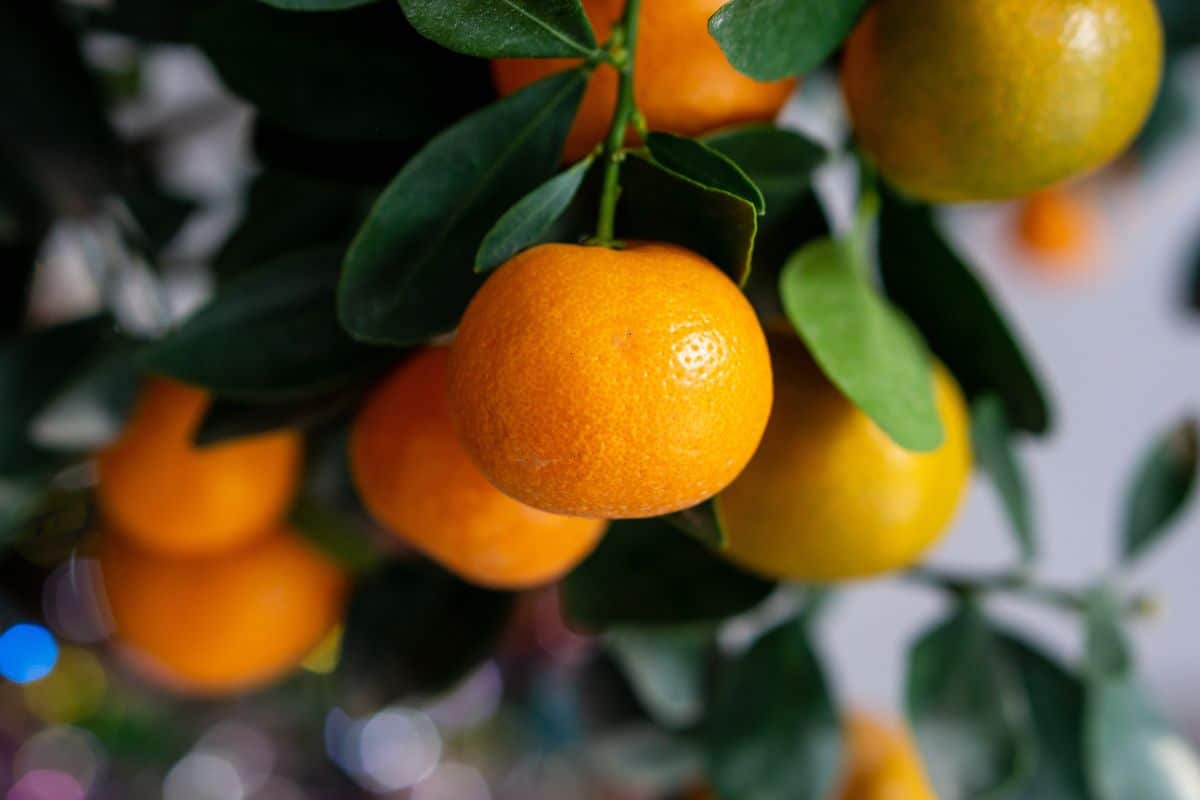Growing kumquats successfully requires more than just proper soil and watering techniques. The art of companion planting transforms your citrus garden into a thriving ecosystem where plants support each other’s growth and health. These small, vibrant trees benefit tremendously from strategic plant partnerships that enhance soil fertility, deter harmful pests, and create optimal growing conditions.
Understanding which plants work harmoniously with kumquats helps maximize fruit production while minimizing maintenance efforts. The right companion plants create natural pest control systems, improve soil structure, and provide essential nutrients through biological processes. This symbiotic relationship between different plant species mirrors nature’s own design for sustainable growth.
Nitrogen-fixing plants that enhance kumquat soil fertility
Leguminous companions represent the most valuable allies for kumquat trees because they naturally enrich soil with nitrogen. These remarkable plants form symbiotic relationships with soil bacteria, converting atmospheric nitrogen into forms readily available to neighboring citrus trees. This biological process reduces the need for synthetic fertilizers while promoting healthier root development.
White clover creates an excellent living mulch beneath kumquat trees, suppressing weeds while continuously adding nitrogen to the soil. Its low-growing habit prevents competition with shallow citrus roots, and its flowers attract beneficial pollinators. The plant’s dense coverage also helps retain soil moisture during dry periods, creating optimal conditions for kumquat root systems.
Peas and beans serve as exceptional vertical companions when grown on trellises near kumquat trees. These climbing legumes utilize vertical space efficiently without competing for ground nutrients. Their nitrogen fixation benefits extend throughout the growing season, with decomposing plant matter continuing to enrich soil long after harvest. Many gardeners appreciate how these edible companions provide fresh vegetables while supporting citrus health.
Alfalfa establishes deep root systems that bring nutrients from lower soil layers to the surface, making them available to kumquat feeder roots. This perennial legume tolerates various soil conditions and provides continuous nitrogen fixation. Understanding soil amendments like coffee grounds helps complement these natural nitrogen sources for optimal citrus nutrition.
Aromatic herbs for natural pest management around kumquats
Mediterranean herbs create protective barriers against common citrus pests through their potent essential oils and aromatic compounds. These drought-tolerant plants thrive in similar growing conditions as kumquats, making them ideal garden companions. Their natural pest-repelling properties reduce the need for chemical interventions while adding culinary value to your garden.
Basil produces compounds that naturally repel aphids, whiteflies, and other soft-bodied insects that frequently attack citrus trees. Its strong fragrance confuses pest insects while attracting beneficial predators like ladybugs and lacewings. Multiple basil varieties can be planted around kumquat trees, providing continuous harvest opportunities throughout the growing season.
Rosemary’s woody stems and needle-like leaves release oils that deter various flying insects, including citrus leaf miners and scale insects. This perennial herb requires minimal water once established, matching the moderate irrigation needs of mature kumquat trees. Its evergreen nature provides year-round pest protection, particularly valuable in regions with mild winters.
Thyme forms dense mats that suppress weed growth while releasing antimicrobial compounds into the soil. These natural substances help prevent root rot and other soil-borne diseases that can affect citrus trees. The herb’s small purple flowers attract tiny beneficial wasps that parasitize citrus pests, creating a natural biological control system. However, certain plants should be avoided to maintain garden health and prevent pest attraction.
Beneficial flowers that support kumquat pollination and growth
Pollinator-friendly flowers create vibrant ecosystems that support kumquat fruit production through enhanced pollination services. While kumquats are largely self-fertile, increased pollinator activity significantly improves fruit set and quality. These flowering companions also provide aesthetic appeal while serving practical functions in the citrus garden.
Marigolds offer dual benefits as companion plants, producing compounds that repel nematodes and other soil pests while attracting beneficial insects. Their bright orange and yellow blooms complement the golden fruits of kumquat trees, creating visually appealing garden displays. French marigolds prove particularly effective against root-knot nematodes that can damage citrus root systems.
Nasturtiums act as trap crops, drawing aphids and other pests away from valuable kumquat foliage. These edible flowers add peppery flavors to salads while serving as living pest magnets. Their climbing varieties can be trained on supports near kumquat trees, utilizing vertical space efficiently while providing continuous pest protection throughout the growing season.
Calendula flowers attract hover flies, beneficial wasps, and other predatory insects that consume citrus pests. These hardy annuals bloom continuously in cool weather, extending the beneficial insect season beyond typical summer months. Different citrus varieties benefit from similar companion planting strategies, making this knowledge transferable across citrus cultivation.
Ground covers and structural plants for optimal kumquat growing conditions
Living mulches and structural companions create microclimates that protect kumquat trees from environmental stresses while improving overall garden health. These plants help regulate soil temperature, conserve moisture, and provide windbreaks that protect delicate citrus branches from damage.
Comfrey develops extensive root systems that mine nutrients from deep soil layers, making them available through leaf decomposition. This dynamic accumulator plant produces large leaves that can be harvested and composted around kumquat trees, providing slow-release nutrients. Its deep taproot also helps break up compacted soil, improving drainage and root penetration.
Strawberries create excellent ground cover beneath kumquat trees, producing edible fruits while suppressing weed growth. Their shallow root systems don’t compete with citrus roots, and their dense foliage helps maintain consistent soil moisture levels. The berries also attract birds that consume harmful insects, adding another layer of natural pest control.
Lavender provides wind protection for young kumquat trees while deterring various garden pests through its aromatic oils. This drought-tolerant perennial thrives in well-draining soils similar to those preferred by citrus trees. Indoor growing environments can also benefit from companion planting principles, though space limitations require careful plant selection.
Consider your regional growing conditions when selecting companion plants, as planting zones significantly influence which combinations work best. Climate adaptation ensures successful companion relationships that support kumquat health and productivity throughout changing seasons.

